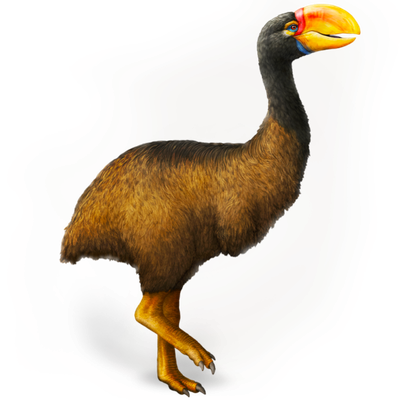Your search returned 12454 results
By Page Type
By Tag
- fish (966)
- blog (696)
- fishes of sydney harbour (401)
- First Nations (299)
- Blog (236)
- AMRI (169)
- archives (164)
- Eureka Prizes (146)
- Aboriginal and Torres Strait Islander (135)
- insect (126)
- Ichthyology (124)
- geoscience (109)
- minerals (102)
- climate change (100)
- podcast (94)
- Fish (91)
- Anthropology (89)
- International collections (80)
- Minerals Gallery (78)
- wildlife of sydney (78)
- Labridae (77)
- frog (74)
- gemstone (70)
- history (64)
- photography (64)
- Mollusca (60)
- gem (59)
- staff (59)
- Birds (56)
- Gems (56)
- Indonesia (56)
- education (56)
- shark (55)
- AMplify (54)
- people (53)
- earth sciences (50)
- past exhibitions (50)
- exhibition (49)
- Gobiidae (48)
- sustainability (46)
- Pomacentridae (45)
- Serranidae (44)
- lifelong learning (42)
- science (42)
- Earth and Environmental Science (41)
- Syngnathidae (41)
- Ancient Egypt (40)
- Bali (40)
- bird (40)
- dangerous australians (40)
-
On a new asteroid from Queensland
https://journals.australian.museum/livingstone-1931-rec-aust-mus-184-135137/On a new asteroid from Queensland
-
Studies in ichthyology. No. 4
https://journals.australian.museum/whitley-1931-rec-aust-mus-183-96134/Studies in ichthyology. No. 4
-
Some further notes on species of Tamaria (Asteroidea)
https://journals.australian.museum/livingstone-1932-rec-aust-mus-187-368372/Some further notes on species of Tamaria (Asteroidea)
-
The Australian species of Tosia (Asteroidea)
https://journals.australian.museum/livingstone-1932-rec-aust-mus-187-373382/The Australian species of Tosia (Asteroidea)
-
Descriptions of new Asteroidea from the Pacific
https://journals.australian.museum/livingstone-1936-rec-aust-mus-196-383387/Descriptions of new Asteroidea from the Pacific
-
Studies on fresh water sponges from Australia. No. 2
https://journals.australian.museum/gee-1935-rec-aust-mus-194-263265/Studies on fresh water sponges from Australia. No. 2
-
The Narellan meteorite: a new chondrite from New South Wales
https://journals.australian.museum/hodge-smith-1931-rec-aust-mus-185-283286/The Narellan meteorite: a new chondrite from New South Wales
-
Contribution to the knowledge of Australian Hemiptera. No. II. A revision of the subfamily Graphosomatinae (family Pentatomidae)
https://journals.australian.museum/musgrave-1930-rec-aust-mus-177-317342/Contribution to the knowledge of Australian Hemiptera. No. II. A revision of the subfamily Graphosomatinae (family Pentatomidae)
-
Names of fishes in Meuschen’s Index to the "Zoophylacium Gronovianum"
https://journals.australian.museum/whitley-1929-rec-aust-mus-176-297308/Names of fishes in Meuschen’s Index to the "Zoophylacium Gronovianum"
-
A new species of Ring-tailed Phalanger (Ps. laniginosus group) from the Bunya Mountains, S.E. Queensland
https://journals.australian.museum/troughton-and-le-souef-1929-rec-aust-mus-176-291296/A new species of Ring-tailed Phalanger (Ps. laniginosus group) from the Bunya Mountains, S.E. Queensland
-
Discover more
2025 Australian Geographic Nature Photographer of the Year
Special exhibition
Free entry
Now open -
Discover more
Unfinished Business
Special exhibition
Free entry
Now open -
Find out more
Surviving Australia
Permanent exhibition
Free entry
Now open![]()
-
Find out more
Burra
Permanent kids learning space
Free entry
10am - 4.30pm![]()
-
Discover more
Minerals
Permanent exhibition
Free entry
Open daily![]()





